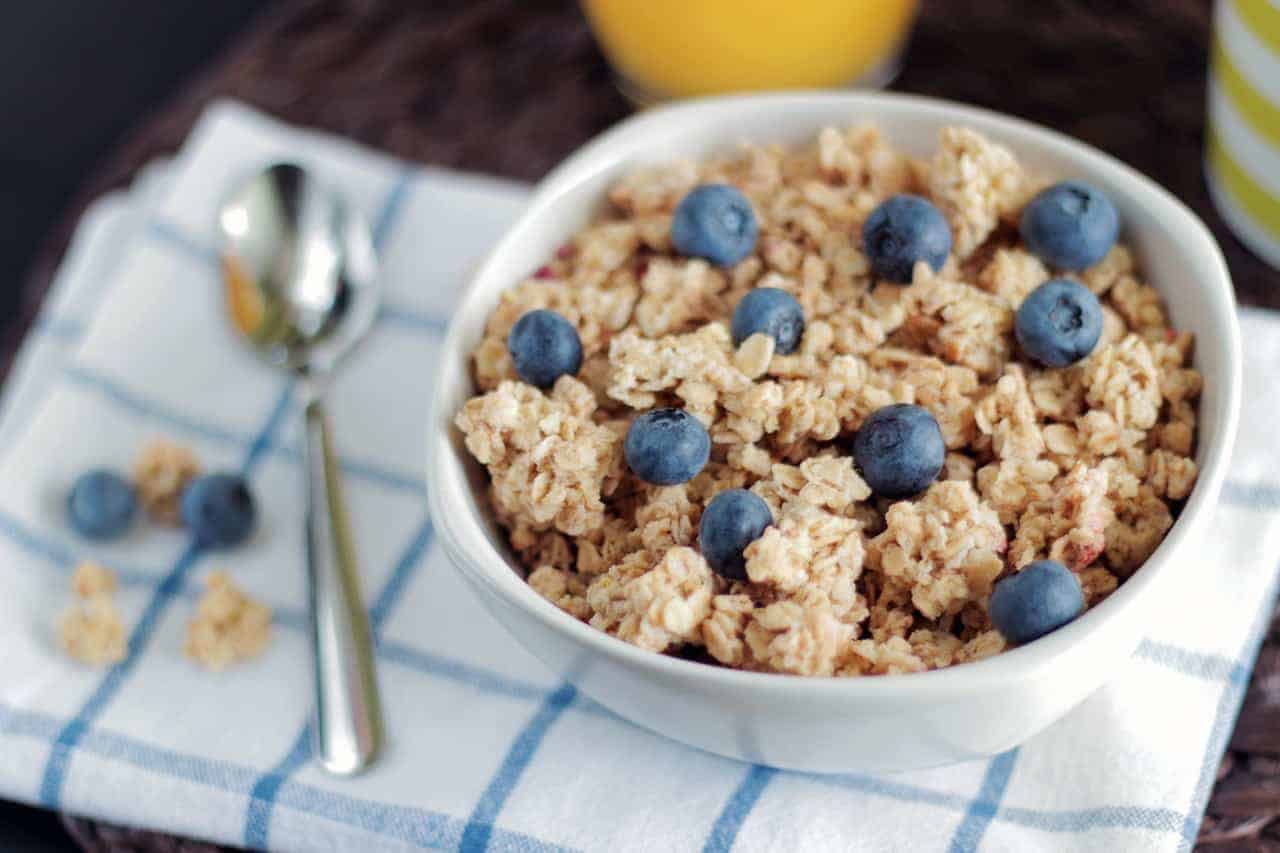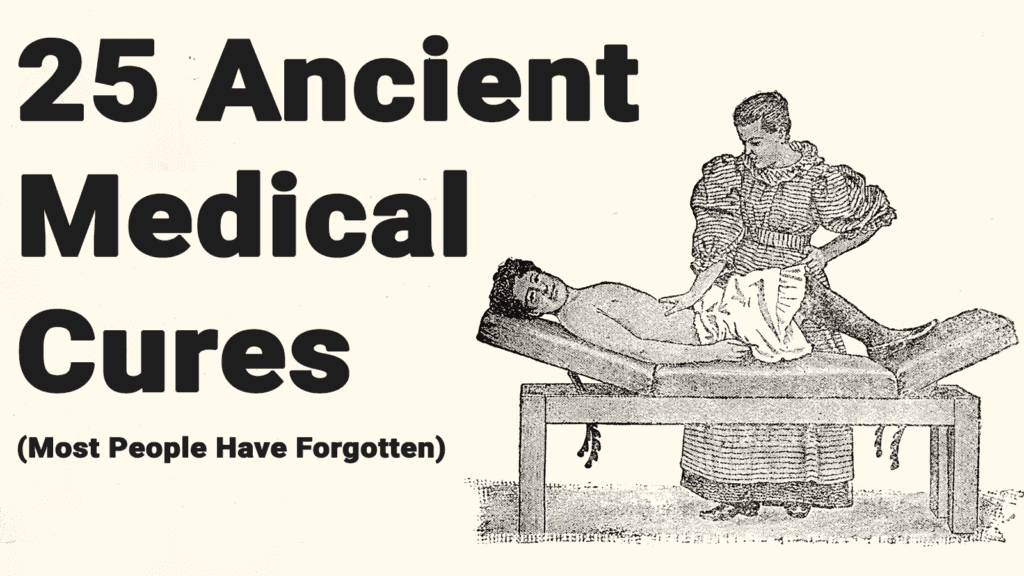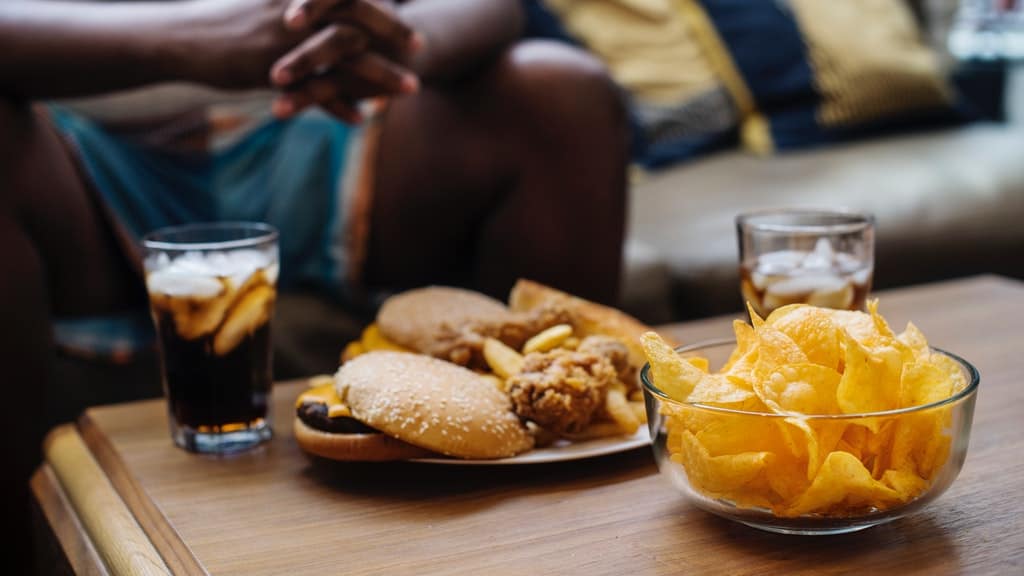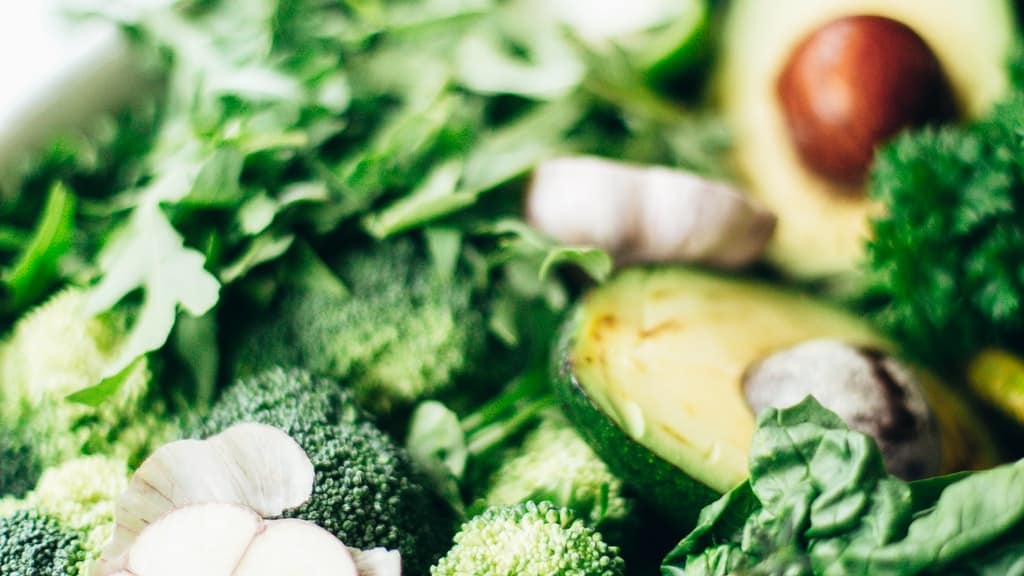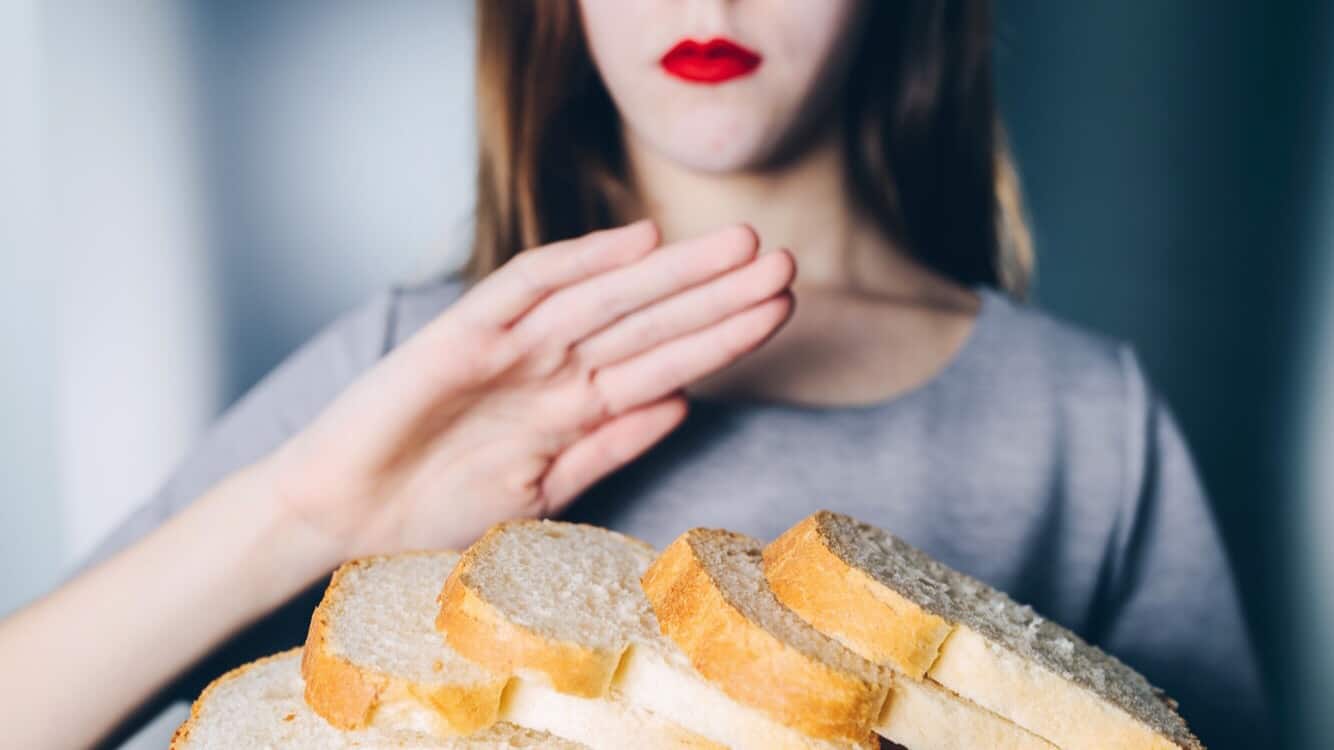It seems that everyone is riding the low carb train these days. Many have tried a number of them, and land eventually in Ketoville. There, they continue to make pretty successful meals for themselves and the family.
Everyone knows that there are times in our daily schedules when an elaborately constructed, low carb meal is not in the cards.
Regrettably, there are times when people throw the search for winning dinner ideas out the window and head through the nearest drive-thru. Thankfully, through a succession of trials and errors, most can formulate some winning low carb dinner ideas that the children love, even when we are pressed for time.
Enjoy the benefits of experimentation, successes, and failures. Try these delicious and delectable dinner ideas that are sure to please almost any picky palette:
#1: Chicken burrito bowl
This is a go-to meal for when you’ve literally been running all day. Simply shred some rotisserie chicken breast into a bowl and top with your favorite jarred salsa and shredded cheese. Pop in the microwave for 40-50 seconds to melt the cheese, then top with avocado, onion, lettuce, and any other toppings you find burrito-worthy. The kids will be asking for more!
#2: Low carb shrimp salad lettuce wraps
Salad wraps can work with almost anything—-salmon, tuna, chicken, crab, or shrimp. Chop your cooked meat, then add in some celery and onion. Mix with some spices and mayo until it is a nice salad consistency. Wash and prep lettuce leaves, then spoon a bit of the meat mixture into each lettuce cup. Serve with avocado and lime for garnish.
#3: High fiber cracker pizzas
While high-fiber, low-carb crackers taste like cardboard in and of themselves, they are quite tasty and crunchy when paired with the right toppings. Spread your favorite low-carb pizza sauce liberally over these crackers, and top with your favorite pizza additives such as cheese, mushrooms, pepperoni, and green pepper. You have a low-carb, tasty meal that is satisfying on many levels.
#4: Chicken parm
Chicken parm has never been made easier than with pre-cooked chicken sausages and meatballs that you can find virtually anywhere. Pair these up with your favorite sauce, a generous heap of mozzarella, and some zucchini noodles for a great weeknight dinner in under 20 minutes. This is also one of my favorite dinner ideas if I find out I’m having an unexpected guest; it looks as impressive as it tastes.
#5: Cauliflower fried rice
When you have a hankering for some good Chinese without the MSG or the carbs, check this out. Frozen riced cauliflower is available in almost any grocery store, making this recipe a snap. Sauté the riced cauliflower with some onion in butter till tender. Stir in items like chopped carrots, green pepper, green onions, mushrooms, and your favorite coconut amino blend or low sodium soy sauce. Just before serving, add some egg to the pan for a quick scramble and some creamy deliciousness throughout. Dust off those chopsticks and dig in.
#6: Poached eggs in tomato sauce
Comfort food at its best, who doesn’t love the combination of rich tomato sauce and creamy eggs? This is one of my favorite dinner ideas even when I’m not following a low carb diet. In a large saute pan, steam some fresh spinach, broccoli, and other veggies of your choice. As your veggies become tender, add your favorite marinara to the pan and allow it to become hot.
Create some nests in the mixture, then crack fresh eggs into each hollow. Cover the pan and allow eggs to steam till cooked through. Remove the cover, spread your favorite shredded cheese over the whole pan, and put the cover back again just until cheese melts. Transfer to bowls and serve hot and delicious!
#7: Greek salad
If you are lucky enough to live near a Greek diner or restaurant, feel free to indulge in the flavors of this unique region and order in—don’t forget the baklava. On the other hand, if you want fresh flavor that is low-carb and packed with nutritional goodness, make this salad.
Mix your favorite chopped green lettuce with red onion, chopped tomatoes, kalamata olives, cucumber, and loads of feta cheese. Toss well and then liberally apply Greek dressing. For the dressing, combine two parts olive oil with one part red wine vinegar, salt and pepper to taste, garlic, and a splash of lemon juice.
While it is delicious on its own, you may also choose to add some quality canned tuna, leftover chicken breast or even steak to jazz this one up.
#8: Low carb bacon and egg muffins
These delicious egg muffins don’t have to remain in your dinner ideas arsenal; feel free to reheat and use anytime for a great low carb breakfast, lunch, or snack. Simply spray a muffin tin with non-stick cooking spray, and then add bacon and prosciutto so that they overlap into little cups. Drop in a spoonful of steamed veggies of your choice, then fill cups halfway with an egg mixture comprised of whisked egg, heavy cream, salt, and pepper.
Pop them in a 400-degree oven for 10-15 minutes, testing them before removing from the heat.
#9: Cheeseburger stir fry
This was one of the first low carb dinner ideas I dreamed up on behalf of my kids, and I still use it today, for it’s quick and delicious. Brown up one pound of ground beef, and to that add cheese slices, chopped onion, tomato, pickle, and condiments of your choice. If you still have a hankering for a burger, try rolling yourself a wrap between some iceberg lettuce leaves for extra substance and crunch.
#10: Chicken Caesar wraps
You may miss the croutons, but these wraps make up for it. Toss shredded rotisserie chicken with generous helpings of romaine lettuce, parmesan cheese, and your favorite low carb Caesar dressing. Spoon the mixture into romaine leaves, and add thinly sliced onion and tomato for garnish, if desired. This is one of my favorite dinner ideas for busy weeknights when everyone is coming and going.
#11: Cheesesteak stir fry
Mmmmm…..cheesesteaks! Who doesn’t love the distinctive combination of thinly sliced beef, melted cheese, and peppers to round out the experience? Throw some onions and bell peppers in a saucepan and season well. Add steaks to the pan and sear on both sides, topped with veggies and ultimately, provolone or Swiss cheese. You can roll them up and eat them like a meat wrap, or you may dig into this delicious mound with a knife and fork–one thing is for sure, you will have deliciousness dripping down your chin as you savor these flavors!
#12: Lemon garlic cauliflower steaks
This is a delicious, low carb vegan option for those of us wishing to add more veggies to our diets. There is no feeling of missing out with these hearty and delicious “steaks”. Cut a head of cauliflower into thick slices and brush them liberally with lemon juice, salt, pepper, and garlic. Roast in the oven for 25-30 minutes, or until the edges are becoming brown and crispy. Serve with your favorite green salad and a tangy vinaigrette for a delicious and healthy meal.
#13: Buffalo chicken celery sticks
Pair these little beauties with your favorite cottage cheese and you have a well-rounded, protein rich meal that is big on flavor. Toss rotisserie chicken with your favorite mayo, hot sauce, and chopped onion. Stir in crumbled bleu cheese and stuff those celery sticks. Drizzle the top of the celery sticks with additional bleu cheese dressing, or use additional dressing for a delectable dipping sauce. Yummy!
#14: Low carb zoodles with lemon cream sauce
Missing pasta is no longer a problem with one of our favorite low carb dinner ideas. You can spiralize your zucchini or buy them prepackaged at the grocery store to save time. Pair it with a delicious lemon cream sauce comprised of minced garlic, heavy cream, the juice of half a lemon, salt, and pepper. Bring the mixture to a boil and toss with the zoodles before serving immediately. While scrumptious on its own, you can spice it up by adding additional parmesan, shredded chicken, or even shrimp.
#15: Smoked salmon cucumber boats
This little number is light, refreshing, and satisfying on so many levels. Make a tzatziki sauce by combining Greek yogurt, chopped cucumber, lemon juice, and fresh dill. Prepare a cucumber by slicing it lengthwise down the middle and scooping out the seeds. Fill the cucumber hollow with the fresh tzatziki sauce, then cover liberally with smoked salmon. Eat as many as you like; they are low on calories and big on taste!
There is no longer a need to search high and low for dinner ideas on a low carb diet; there are no more excuses with these delicious and simple low carb dinner ideas. Feel free to add your own special flair and flavor to them, and experiment to find out which ones your family likes best. Enjoy this new and healthy venture that you are embarking on, and get ready for some great taste adventures. Bon Appetit!




